Labels We Love: Heisenberg
XLR8R investigates the origins and secrets of the thriving Russian label.
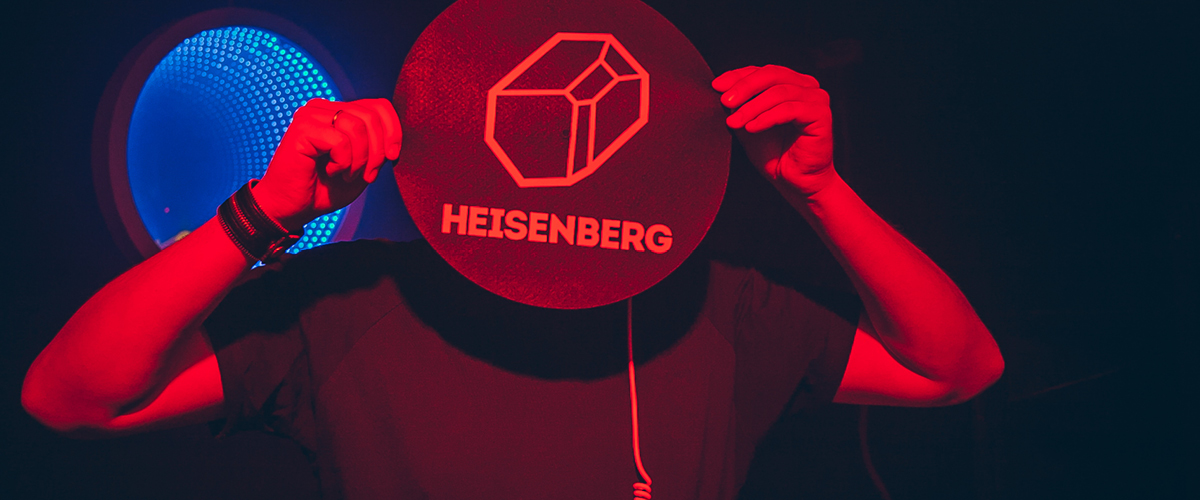
Labels We Love: Heisenberg
XLR8R investigates the origins and secrets of the thriving Russian label.

“If the music is good it will reach the people; if not then fuck it,” says Sasha Kaktus. Besides his work as a DJ-producer, St. Petersburg-based Kaktus is founder of Heisenberg Records, a young but greatly admired imprint with a focus on minimal and trippy techno music of only the highest quality. Releases—which are either digital or vinyl only—have come from a variety of highly-talented though low-profile artists, but remain clearly distinguishable by both their blue vinyl coloration and special graffiti-based artwork. Driven forward by Kaktus’ aforementioned philosophy and no-nonsense approach to rooting out only the finest productions, Heisenberg’s output has quickly become a common tool for some of the world’s leading proponents of this particular style of music. This achievement becomes even more remarkable given that marketing and DJ promotion around the imprint has—and will—always be kept to an absolute minimum, meaning that the primary vehicle of growth is word of mouth. “Artists are actually buying the music themselves,”Kaktus explains.
March 29 marked the release of the Heisenberg’s latest EP—a four-tracker (including two remixes) by Kaktus himself—and there are several more expected before the year is out. A series of label showcases, too, are set to be announced soon, in Zurich, Berlin, London and a few other major cities. The challenge now is controlling the growth without jeopardizing the quality for which the label has become so acclaimed. Now, more so than before, seemed like the right time to learn about the label’s short history, reflect on the factors behind its success and briefly discuss the challenges that lie ahead.
To support the understanding of its essence and sonic identity, the label has also offered a free mix (showcasing both released and unreleased work) and an unheard track, exclusively downloadable via the WeTransfer button below.
So the Heisenberg label stems from a small conceptual nightclub of the same name. What’s the story?
That’s correct. I had a small club in St. Petersburg. I started it with two of my friends on January 1, 2014. It was located in a really interesting area in the middle of the city. There was this big, old house and some of the promoters managed to get ownership of it, and they arranged a sort of squat. There were about 15 clubs and bars inside, a few hipster places for bicycles and some other things. It was like a small Berlin inside a St. Petersburg house! When I first arrived, I wanted to rent a place because it was cheap with lots of fun people—and it was super underground. A few of us decided to start a small bar, called Heisenberg, for about 100-150 people with a super good Function One sound system. Everything was made out of wood; it was a perfect sound venue.
Where does the name stem from? Is it a Breaking Bad reference?
There was no real idea. When we were starting the club, we were struggling to agree on a name. It was around the time of the series finale and we were always discussing it—so we decided to call it Heisenberg. We are not really big fans of the show but it just worked. The logo is the symbol for methamphetamine. This was the theme of the club. Everything inside was connected to this idea. All cocktails were blue, and all bartenders were dressed like they were in a laboratory. We recreate this atmosphere at all of our label showcases.
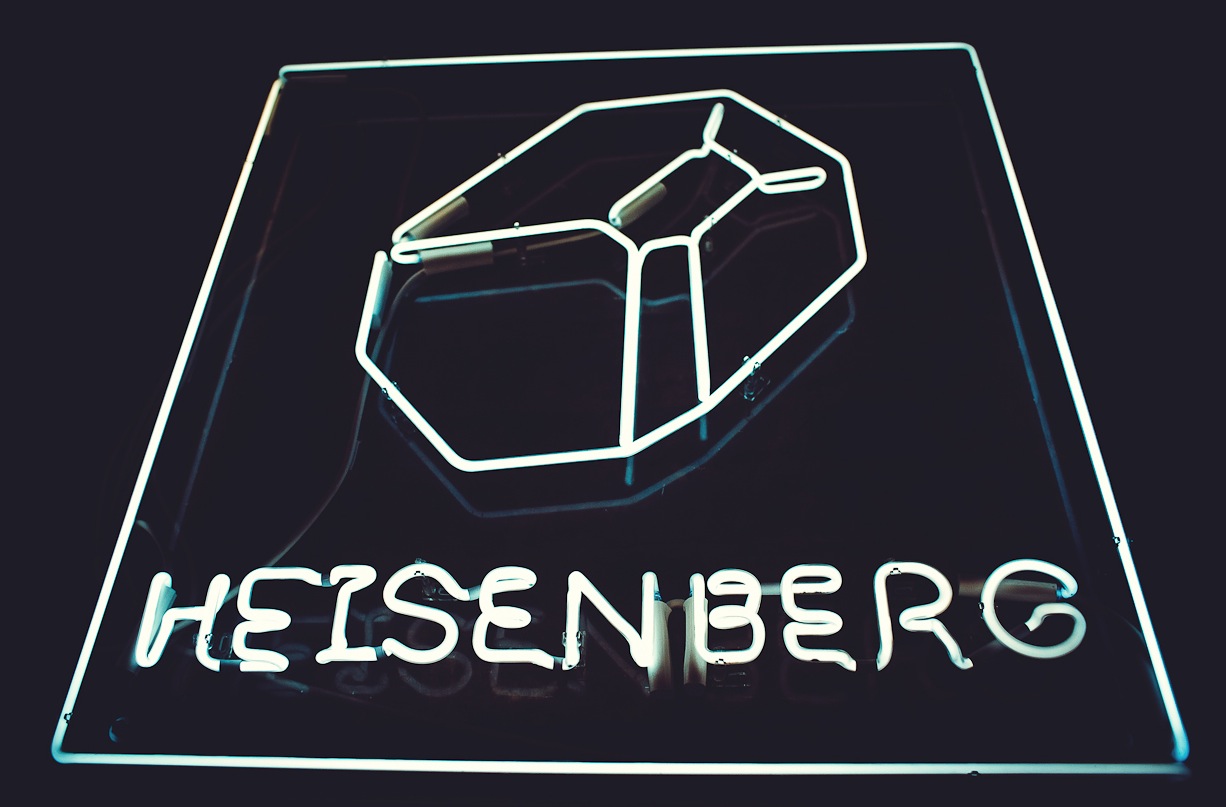
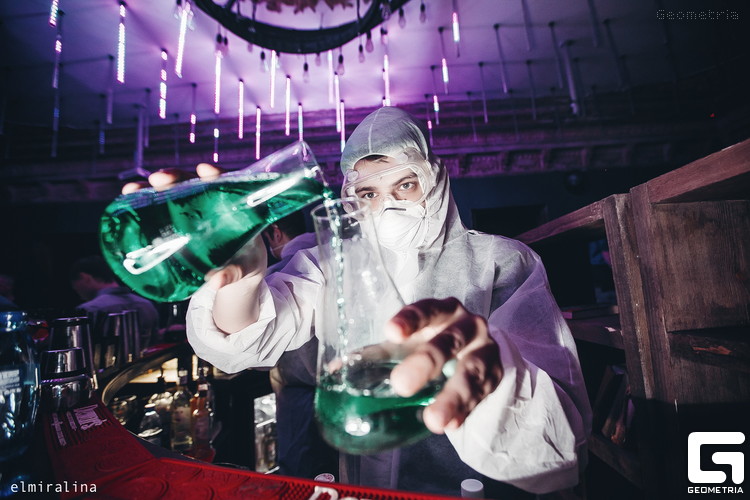
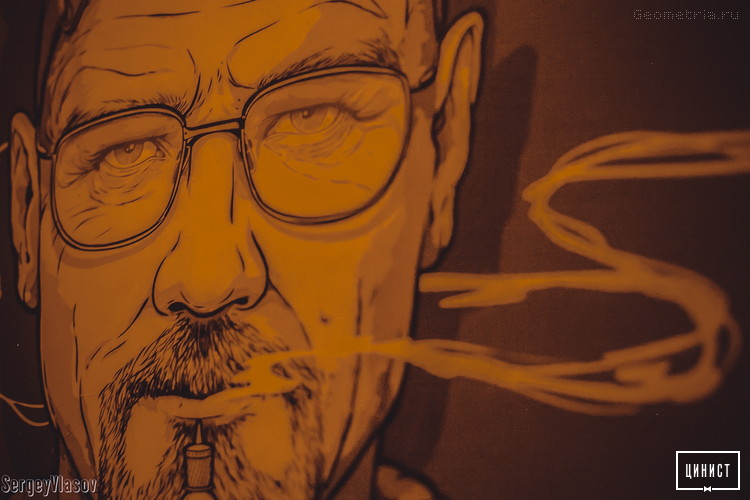


Is this why the vinyls are all blue too?
Yes. Music is the drug, and we need to bring it to the people. This wasn’t intended as a marketing tool, but it has definitely helped vinyl sales. People can see the blue vinyls and recognize that it comes from Heisenberg!
What music did you play in the club?
It was the minimal and trippy Villalobos-influenced stuff that we played. It was the only club in the city, at the time, that played anything like this sort of stuff.
Were you the resident DJ?
Yes, I was playing there almost every weekend. Also, a lot of the producers who are now releasing on the Heisenberg label were also playing there regularly. It quickly became a real community for us.
The club is no longer in operation. Why and when did it shut?
It closed after about eight months—around August or September, 2014. Someone bought the land and they decided to turn the house into some sort of hotel. They kicked everybody out. Some of the clubs went to new venues, but I was so tired of being in the club every weekend so I decided against this.
And this is when the label started?
Exactly. The idea was so strong that I didn’t want to loose it. I had so many friends who were good producers and I have a lot of experience in managing labels, so it just made sense. I started it, but not as something very serious—and somehow it has grown. It seems to be interesting for other people. The first release came from the Romanian Little Hado, called “Miscare.” At first it was digital only, but I had so many requests that we re-released it on vinyl as part of the Secret Weapons compilation. Everybody was playing that track!
How clearly defined was the sound/style of the label’s output at the beginning?
The idea was very simple: I wanted to release music that I could play in my DJ sets. The tracks on most EPs are divided into two categories: tracks I want to play out and tracks that I want to listen to. I am not extremely picky. I just play the music out in my sets and then decide if I want to release it.
“My idea is that you should only release music on vinyl that you can still play out five years later.”
Interestingly, you divide your releases between vinyl-only and digital-only. What dictates the format?
All tracks are good, but I am not sure that they should all be on the vinyl. My idea is that you should only release music on vinyl that you can still play out five years later. I wouldn’t call these records timeless, but they just aren’t going to get old so quickly. To give an example, I am still playing our first Little Hado track a lot today.
Do you think timing has been an important factor in the success? There seems to be more scope for this trippy minimal sound than in previous years.
Definitely. There’s been a lot of hype for this music over the past two years. There are lots of artists playing this music now, and many of those who haven’t done are starting to play it now. This hype has certainly helped, and I am not sure we would be where we are now if it wasn’t for this. It’s a case of right time, right place, right colour, right music.
“We are just a small label releasing quality music. If the music is good it will reach the people; if not then fuck it.”
How do you promote the label? How important is DJ promotion in your growth?
We send out digital promos—I have my own database of artists and journalists that I have built up over time. As for vinyl, I give promos to friends and to some big names in scene. To give an example, I give copies to Thomas Melchior when I am in Berlin. Decks, our distributor, also sends out some promotional copies to artists. This is important for us. It’s important that the music finds its way to the right people—but I don’t push it too much. We are just a small label releasing quality music. If the music is good it will reach the people; if not then fuck it.
At ADE this year, the Paul Yudin track was being played everywhere.
Yes. I saw it being played in four different clubs in one night. But what is really cool is that lots of artists are actually buying this music themselves. I am not giving it to them. One time I was playing in Moscow with Sammy Dee. I was standing behind him about to present my vinyl to him—and before I could give it to him, he put my record on. He showed me that he had a special folder on his USB stick for the music from the label. It was super cool.
One of the most remarkable things about the label is how you have grown without releasing any particularly high-profile artists. Is this intentional, or would you be open to having more established artists release on the label?
You need to have big names to sell digital music. People will buy digital music based only on the artist behind it just on the chance that it is a cool track. Vinyl is different: You buy it just because the music is good and not necessarily because of the artist behind it. All I want to do is release good music so I don’t really need to fight for big names. For sure, I would be happy if these high-profile artists would appear on the label sometimes—and I am discussing with some of the guys—but it is not something I would ever push.
All the vinyls now come with very detailed artwork. What’s the story behind this?
Yes, that’s a very important thing in whole label story. The artworks are all handmade by a famous Russian graffiti artist, Stas Dange. It’s called doodle art, and it some kind of new graffiti style. I think it is another way of making sure the vinyl looks special and presentable. I’ve had lots of good feedback on the covers.
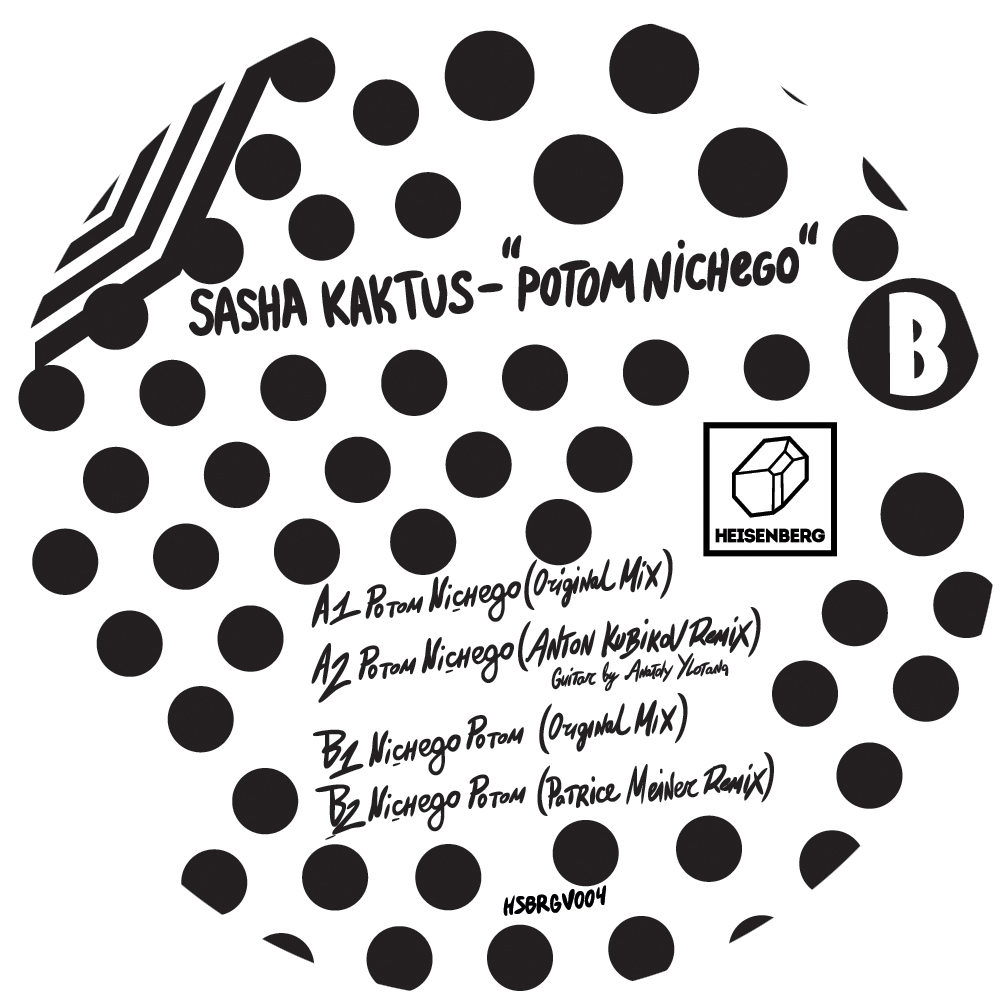
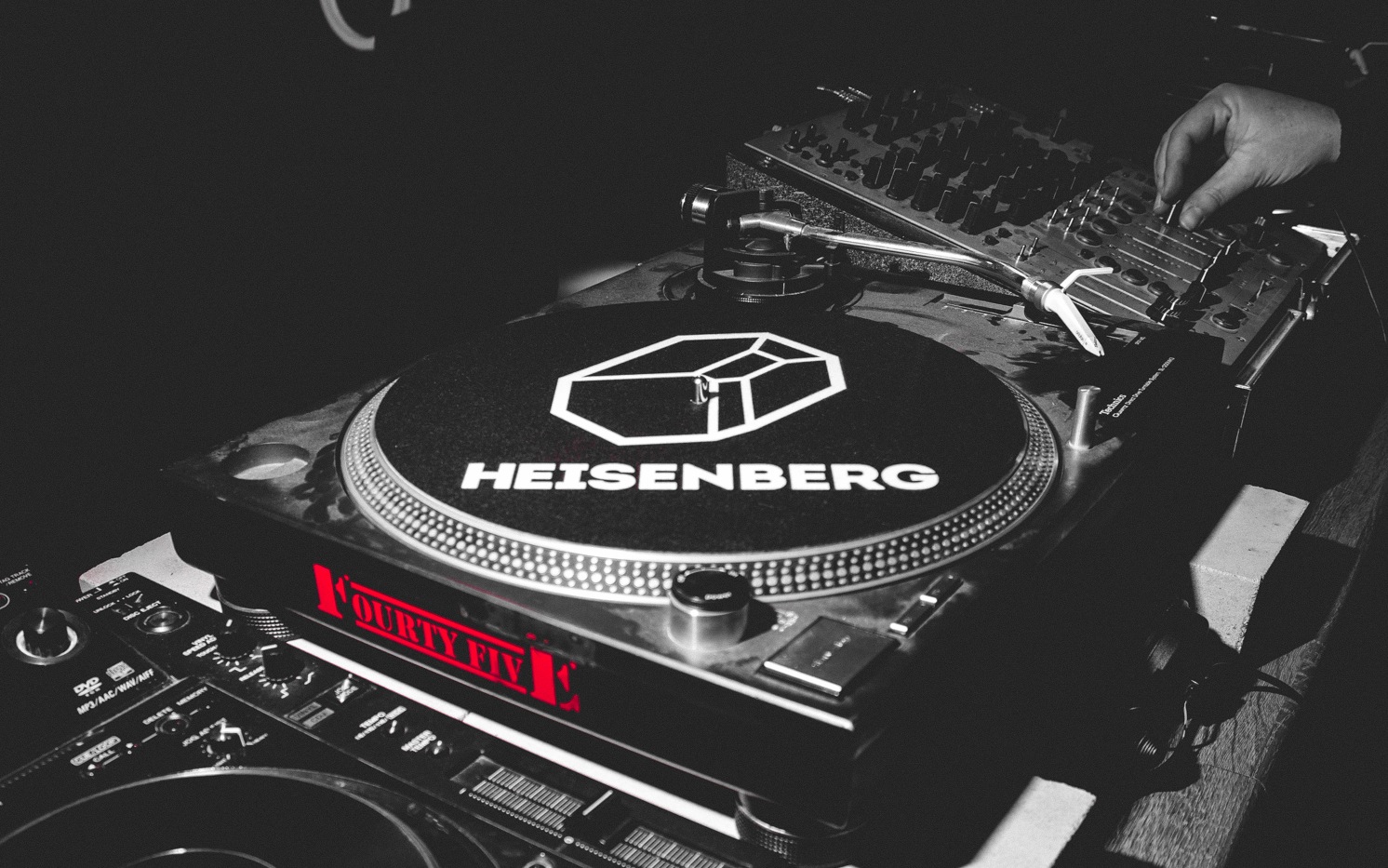
Do you try to support artists in the Russian scene—or are you open to international artists?
It’s ideal to be able to support artists in the Russian scene, but it is not the most important thing. If I have good tracks from other countries then I am happy to release that.
Do you limit the number of presses—and what is your opinion on represses?
I definitely monitor the situation, looking for hype on Discogs and that sort of thing. But all this hype is marketing by distributors. I know distributors who press 1,000 copies but only send a very limited amount to shops. Because it sells out very quickly, it creates a hype and then they release the other copies they have stored and demand is high—because it has become exclusive. I don’t want this. I repress only if there are no copies are left.
Do you limit the number of releases per year to ensure quality remains high, or is it a case of releasing when you have the material?
I don’t have a masterplan! I released three vinyls last year, and then I had a break because I don’t want to release too often. One of my friends said to me that, “If you want to be cool then you have to be rare.” We don’t want to release every month because then you become boring. It is something I aware of, but it is not something I really focus on.
What else have you got coming up this year?
We have the last part of the Secret Weapons compilation series coming up. It will have Paul Yudin again, Anton Kubikov, Alejandro Vivanco & Patrice Meiner, and also some other tracks that I have been playing for years! The next vinyl will come from some French guys Jamahr and St. Petersburg-based Adjustment Bureau, and then the rest is under construction. Maybe we will take another break for the summer and return in Autumn.
Why do you take these breaks?
The music changes—and I need these breaks to re-think the strategy and see what is happening with music. I don’t want to just release hyped music. It’s good for me to think about production and DJing before returning to the label fresh and focused. It’s just healthy.
It sounds like you just have this growing label now and you just have to work hard to protect it.
That is exactly it. I don’t want it to be in everyone’s face. I want to keep it rare and I want to keep it cool. I want people to be aware of it but I don’t want to become commercial or too popular.
The downloadable mix was mastered using LANDR mastering software.

